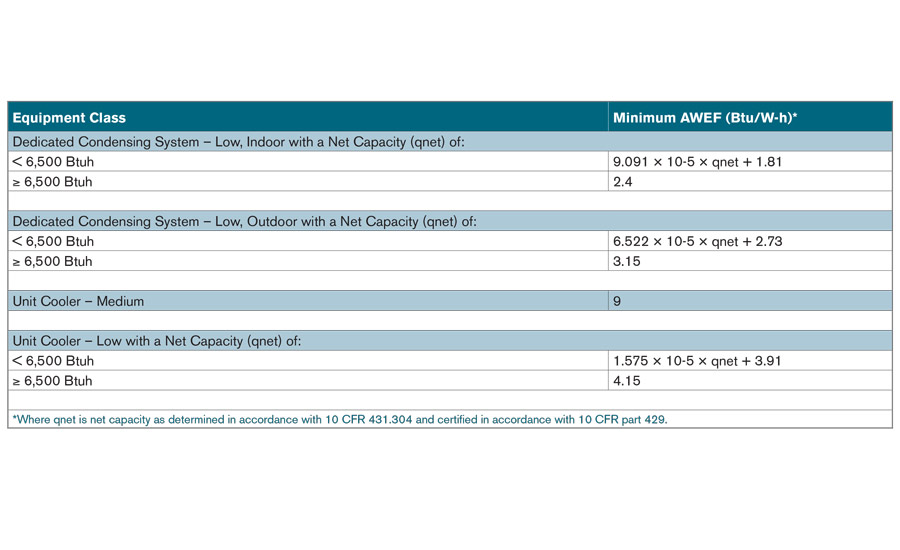The concept of energy efficiency at the commercial level is nearly a ubiquitous one in today’s landscape. Cutting costs is a high-priority goal for just about any entity, and we’ve finally reached a point where technology has made a building’s energy consumption a viable target to go after. There are also the goals set forth by state and local regulations, which encourage new construction and existing buildings to adopt energy-efficient technologies and practices.
As of now, though, the cost of incorporating new equipment is still out of reach for many small-to-medium-sized facilities.
“It comes down to dollars per square foot and finding that right mix of attributes that will provide cost-effective results. This can be quite a challenge,” says Neal Walsh, senior vice president, commercial markets, Aeroseal LLC. “On the positive side, increased demand and breakthrough technologies are helping drive down the price of materials and reduce labor costs.”
Luckily, there are measures we can take to reduce energy consumption without having to replace every piece of equipment.
One of the measures is utilizing the big data our building’s systems are collecting on their operations. There are a number of components whose performance can be measured and analyzed.
Another measure is optimizing your existing equipment for energy-efficiency purposes. Having the equipment run harmoniously, and all optimized toward the same goal, creates an environment in which the efficiency gains can be substantial.
According to Brian Bogdan, director of engineering, LG Electronics Inc., it’s a trend that will continue well into the future. “The trend continues to focus on interoperability and efficiency, making the building’s systems work cohesively to improve the occupant’s experience while optimizing the functionality. It starts by creating highly efficient products and then layering solutions that not only record data but make the data actionable to improve the performance of the building.”
By combining the power of big data and optimization, the worst inefficiencies in a building’s system can be detected and then corrected.
But the steps we can take toward better efficiency don’t stop there. Striving for zero net energy is yet another major trend in the commercial building arena. There are currently roughly 300 buildings that have been verified as zero net energy. A lofty goal, to be sure, but it bodes well for energy efficiency that people are trying.
Of course, there are quite a few challenges in the way of a full-scale adoption of efficiency technologies and measures. These stem from both the regulations’ do-goodedness, with such high goals in many cases, and initial upfront cost concerns.
“It always comes down to ‘who is going to pay for it?’” notes Ken Summers, senior partner, Comfort Institute Inc. “Whether we are talking about a thermostat on the wall or a complete duct system remediation, someone is going to have to pick up the cost.”
But if one compares that initial cost with the life-cycle spend, they’re likely to see a significant savings. So not only will they be adhering to regulations with their efforts, they’ll be recouping resources currently being wasted on inefficient system operation.
It’s a win-win.




